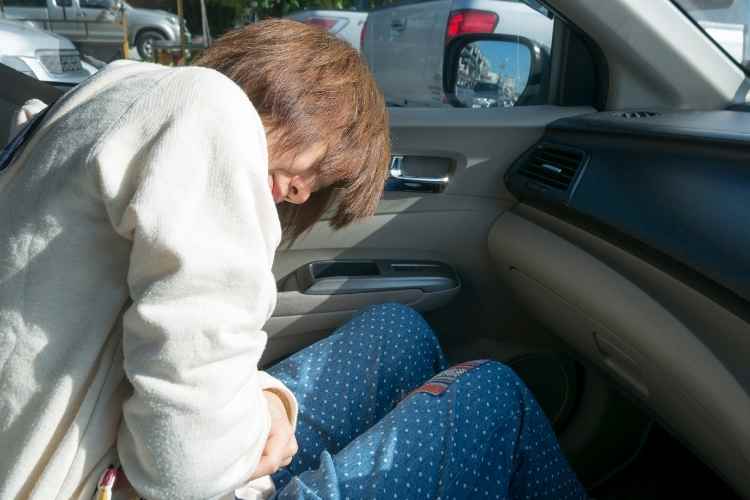Pain in the pelvic area (lower abdomen) can be a sign of more serious concern. Women usually experience mild to moderate pelvic pain during periods because of menstrual cramps. Acute pelvic pain could be a result of digestive issues. However, when you have pelvic pain that doesn’t seem to get better or worsens with time, you need to check with a doctor. If you are in McAllen, experts like Dr. Rick D Davis can help diagnose the possible concern and determine a line of treatment. Below is an overview of the common symptoms and causes of pelvic pain.
Symptoms
Chronic pelvic pain may feel like a sharp and steady pain in the lower abdomen. Sometimes, the pain may come intermittently, and you may find it hard to continue your daily activities. Depending on the underlying cause, you may have pain during intercourse or while passing stool.
Causes
As we mentioned, there could be different reasons for sudden and chronic pelvic pain. In women, the common causes include –
- Endometriosis. This is a condition when endometrial tissues grow outside the uterus. Just like your uterus lining, these tissues thicken and break down each month, which may make your periods worse. Endometriosis can cause pelvic pain that may seem to get worse during periods.
- Musculoskeletal conditions. Examples would include fibromyalgia and pressure on pelvic floor muscles. Some patients may also have a hernia, which can trigger pelvic pain from time to time, besides conditions like pubic symphysis.
- Fibroids. Fibroids are noncancerous growths that can cause pelvic pain and other symptoms. In some cases, fibroids don’t need any treatment, but these growths can hinder sexual pleasure and cause unusual symptoms for some patients.
- Irritable bowel syndrome. Also called IBS, Irritable bowel syndrome is a condition that causes other symptoms such as loose motions and pressure in the pelvic area. Irritable bowel syndrome can be treated with medications.
- Interstitial Cystitis. This is also called painful bladder syndrome, where a patient feels pain in the pelvic area with increased pressure on the bladder.
Other causes include pelvic congestion syndrome, urinary tract infections, sexually transmitted infections, and Pelvic inflammatory disease (PID). Pelvic pain, especially when recurrent, should not be taken for granted. Talk to a doctor, who will typically recommend imaging and blood tests to find the underlying condition. The good news is most causes of pelvic pain can be treated, and you don’t have to live with the symptoms and discomfort.

